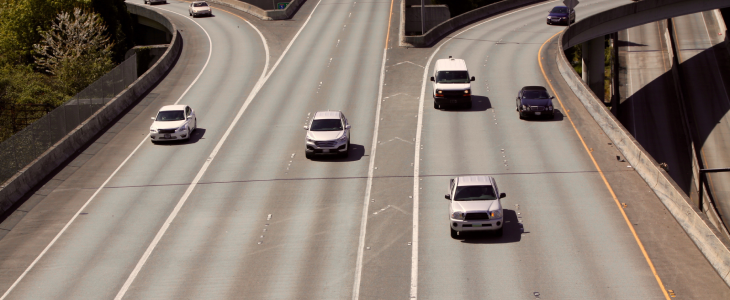In numerous car accident scenarios, liability typically involves just two drivers. The driver who violates a traffic rule and causes the collision is assigned a fault. However, in the case of a multi-car crash, as opposed to a two-party incident, ascertaining fault and determining liability becomes a more complicated challenge.
Multi-vehicle accidents typically involve a chain reaction where one collision sets off a series of subsequent crashes. These incidents can occur on highways, busy intersections, or in congested traffic conditions. The complexity of these accidents makes it crucial to unravel the sequence of events and identify the actions that led to each subsequent collision.
Establishing Fault in California
While it might seem straightforward that the driver initiating the initial collision carries the entire responsibility for the situation, other contributing factors could come into play. For instance, although one driver kick-started the accident, additional drivers may have acted negligently, such as tailgating or speeding.
Alternatively, if the circumstances were influenced by hazardous road conditions or inadequate traffic signage, a governmental agency might share the responsibility. Most chain-reaction accidents involve the negligence of at least one, if not multiple, drivers. Nevertheless, rare instances exist where unpredictable factors like severe weather or other natural dangers set the events in motion.
Pure Comparative Fault
California follows a pure comparative fault system, which means that each party involved in an accident can be assigned a percentage of fault based on their actions leading up to the collision. In multi-vehicle accidents, determining fault often involves a thorough investigation that considers factors such as:
- Initial Impact – Identifying the vehicle that initiated the chain reaction is crucial. The driver responsible for the first collision may bear a higher degree of fault.
- Negligent Actions – Analyzing the actions of each driver involved is essential. Speeding, distracted driving, failure to yield, or other negligent behaviors can contribute to assigning fault.
- Contributory Factors – Weather conditions, road hazards, or mechanical failures may also play a role. Evaluating these factors helps in understanding the broader context of the accident.
- Witness Testimony and Evidence – Eyewitness accounts, surveillance footage, and expert testimony contribute significantly to reconstructing the events leading to the multi-vehicle accident.
The Attorneys at Ardalan & Associates, PLC Help Those in California Who Have Been Injured in a Multi-vehicle Accident
Multi-vehicle chain-reaction accidents are inherently complex, necessitating a comprehensive investigation by professionals. Seeking the aid of an experienced California personal injury attorney becomes crucial. He or she can assist in examining medical records, evaluating evidence, establishing fault and liability, and advocating for your entitlement to recover damages.
If you or a loved one has been injured in a multi-vehicle accident in California you may be entitled to compensation. Be sure to speak with a knowledgeable and experienced California personal injury attorney. He or she can help to gather evidence and walk you through each step of your case. The lawyers at Ardalan & Associates, PLC will help fight for your rights. To schedule a consultation, contact us today.

